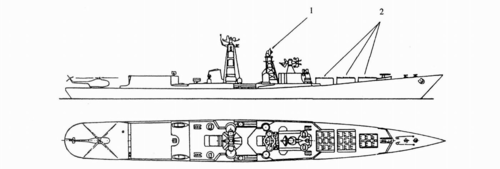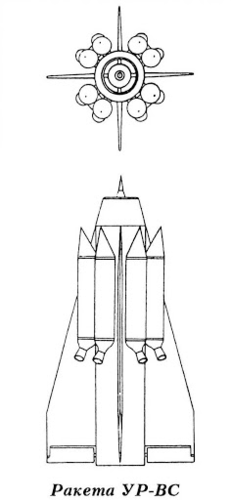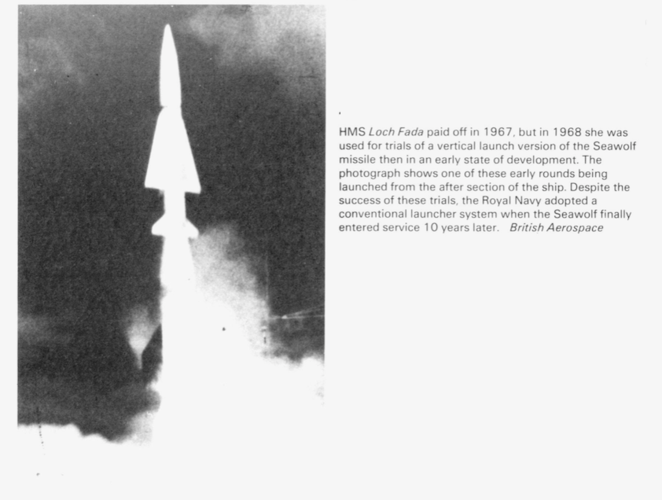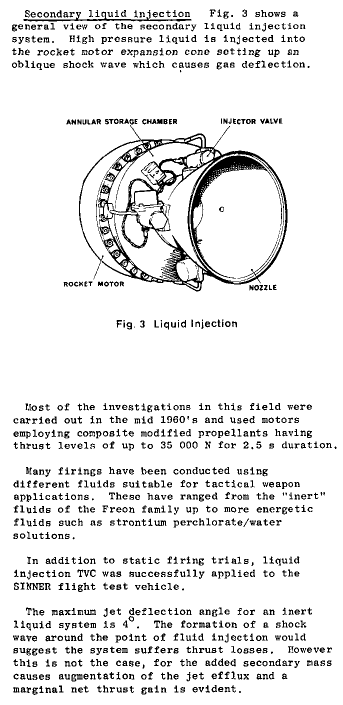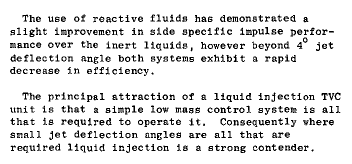The Sinner test vehicle used a method called secondary injection, for TVC. This had been identified as the preferred approach, if vertical launch was to be used, in study work in 1965. It involved injecting freon into the motor expansion cone. The attached images are from A Review of Thrust Vector Control Systems for Tactical Missiles by R. Lloyd of the Summerfield Research station, published in 1978, and describes the secondary injection method used for TVC in the Sinner Test Vehicle.
The Vertical Launch Landpax configurations studied in 1968, heavily based on PX.430, considered three forms of TVC for the booster:
1. Plane Spoilers with hot gas actuation
2. Axle jet defectors with hot gas actuation
3. Bellows nozzle with hydraulic actuation
The favoured solution was was plane spoilers on the basis of cost and weight.
The attraction of vertical launch for PX.430/Confessor was outlined in the 1965 study work. It would have allowed for a much higher performance missile within the other confines of the staff requirement. The objective was for a system with a relatively small impact on the ship (and thus overall cost), this meant that a Sea Dart style under-deck magazine and reloading apparatus was out of the question, so the missile had to be man handled, limiting it to 90kg. Combined with the requirement for missiles to be stowed vertically, for shock reasons, length was therefore constrained by standard deck heights. Vertical launch offered a way out, a much longer (potentially up to 3m) missile could be stored in a tube, ready to fire. There would be no requirement for handling once loaded onto the ship so the weight constraint would be removed too.
At least based on published sources, Sinner seems to have been successful as a test vehicle, and I have yet to discover why the trainable launcher solution was ultimately taken forward for Sea Wolf, though one document implies cost was the reason. Had vertical launch have been chosen it's unlikely the result would have been a universal launcher akin to Mk.41. It would probably have been much closer to the Mk-48 and Mk-56 used for Sea Sparrow and ESSM respectively.

